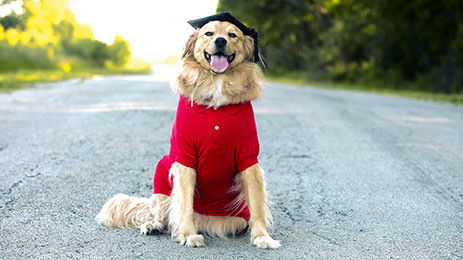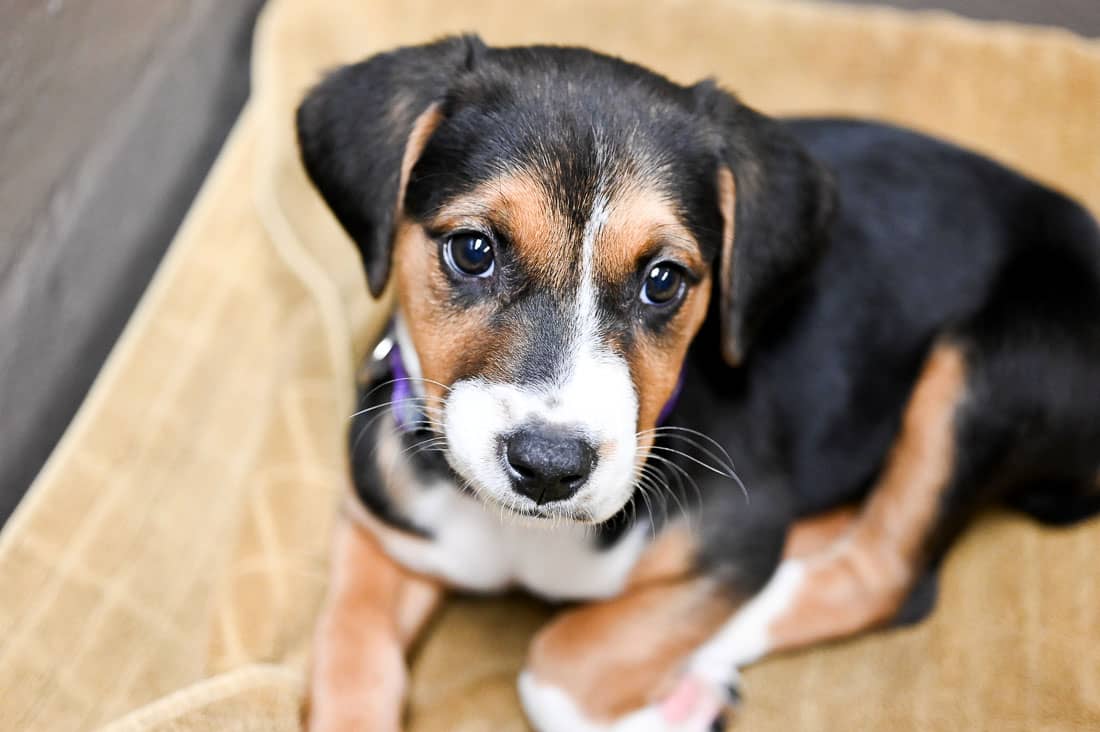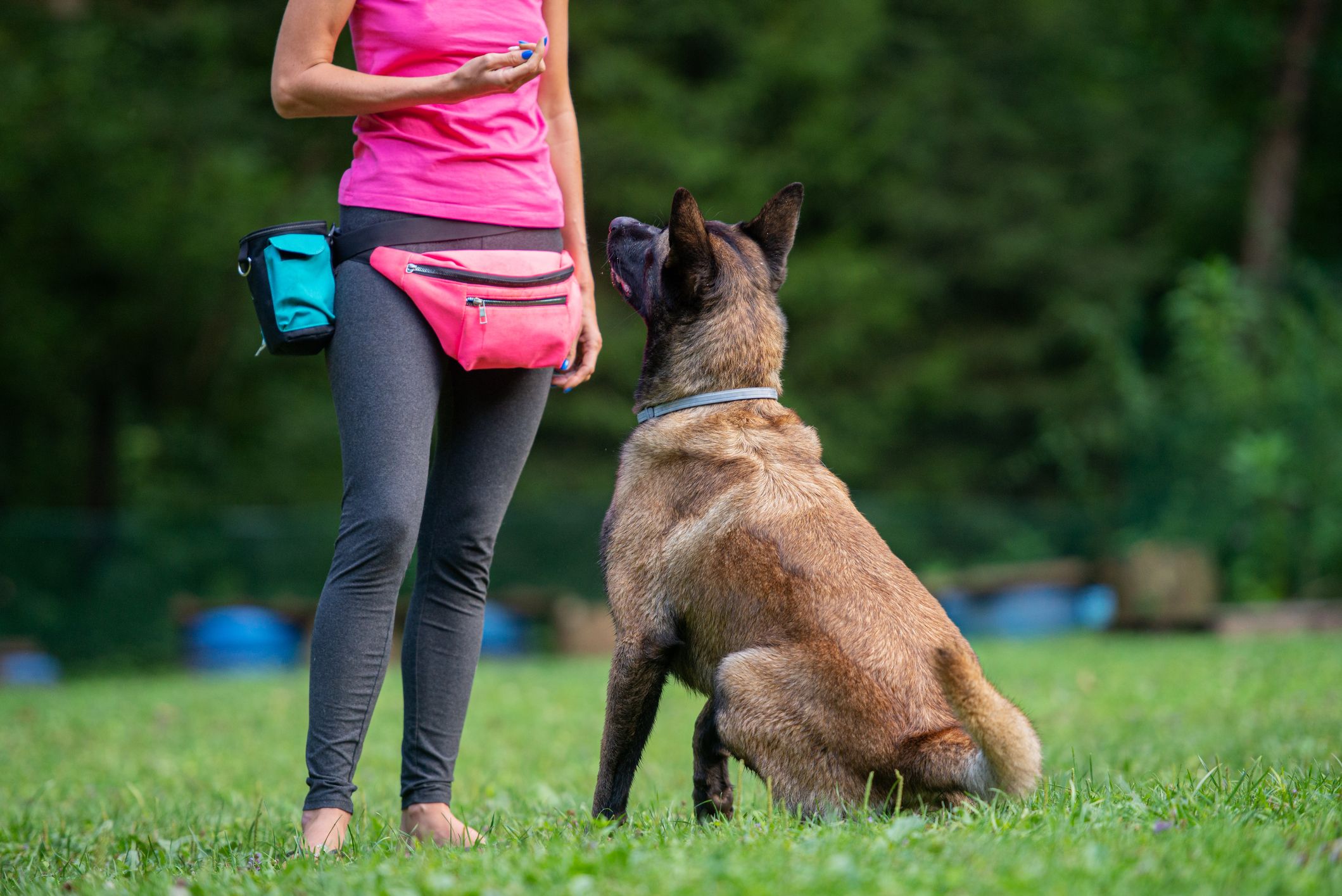Change Your Pet with These Specialist Dog Training Tips
Change Your Pet with These Specialist Dog Training Tips
Blog Article
Essential Tips for Successful Dog Training: A Guide for Pet Dog Owners
Effective canine training is a complex procedure that needs a tactical technique customized to both the pet's personality and the proprietor's goals. Recognizing how to browse these barriers can dramatically boost the training experience, eventually transforming the relationship in between owner and dog.
Comprehending Dog Habits
Comprehending pet behavior is crucial for effective training and promoting an unified relationship between pooches and their owners. dog training. Canines communicate mainly with body language, vocalizations, and activities, making it crucial for owners to analyze these signals accurately.

Socialization plays a significant function in pet dog habits; direct exposure to different atmospheres, individuals, and various other animals can significantly affect a pet dog's character. In addition, factors such as breed attributes and specific character need to guide training techniques, as some types may have details behavioral characteristics that require tailored approaches. By comprehending these elements, proprietors can produce a supportive setting that motivates positive actions, bring about effective training outcomes and a much deeper bond with their pets.
Developing Constant Commands
Effective communication with your pet begins with establishing regular commands. This fundamental element of training is vital for promoting understanding in between you and your pet dog. Consistency in the commands you utilize ensures that your canine can reliably link certain words or phrases with the wanted behaviors.
When picking commands, select clear, distinctive words that are very easy to set apart and claim from each other. Avoid making use of similar-sounding commands that might confuse your pet. As an example, utilizing "sit" and "stay" is ideal, but "rest" and "hit" can cause misconceptions.
Furthermore, maintain the very same tone and volume for every command. Canines are sensitive to vocal signs, so varying your tone can produce complication.
It is similarly crucial to make sure that all member of the family get on the very same page relating to the commands utilized. A united front in command usage will certainly stop blended signals and reinforce the learning process.
Favorable Reinforcement Methods
The power of positive reinforcement in dog training depends on its capacity to urge wanted actions with rewards and appreciation. This method is grounded in the concept that behaviors followed by favorable end results are more probable to be duplicated. By incorporating favorable reinforcement right into your training program, you can efficiently form your canine's actions in a positive manner.
To carry out positive support, it's vital to identify what inspires your dog, whether it be deals with, toys, or verbal appreciation. When your canine executes a preferred activity, such as sitting on command, immediately award them with a treat or affection. This organization between the command and the favorable outcome reinforces their understanding.
It's essential to timing the incentives properly; supplying the support within secs of the preferred actions assists your dog make the link (dog training). In addition, uniformity is essential-- make sure that all relative make use of the very same commands and incentive systems to stay clear of complication

Gradually, you can minimize the frequency of treats as your pet dog learns the habits, transitioning to commend or intermittent benefits. This technique not just cultivates a strong bond between you and your pet dog yet also promotes a favorable knowing setting, making educating a pleasurable experience Click This Link for both.
Socialization and Communication
Consistently exposing your canine to a range of settings, individuals, and various other animals is important for their social growth. Socializing needs to start early, preferably throughout the critical window of 3 to 14 weeks, when young puppies are most receptive to brand-new experiences. Older dogs can also benefit from continuous socializing efforts.
Present your canine to different settings, such as parks, pet-friendly stores, and urban locations. This direct exposure aids them adjust to numerous stimulations, reducing anxiety and fear responses. Encourage positive communications with various other pets and individuals, making certain that these experiences are regulated and secure to foster confidence.
Make use of structured playdates with genteel pets, as this can enhance your pet dog's social abilities and show them proper actions. Obedience classes and training sessions also provide exceptional click for more info chances for socialization, enabling your canine to connect with others in a supervised setting.
Screen your dog's body language throughout interactions, as this will certainly assist you determine their comfort degree. Slowly boost direct exposure to more tough situations while making certain that each experience is positive. A well-socialized pet is much more most likely to exhibit well balanced behavior, making them a happiness to have in any setting.
Resolving Common Training Obstacles
Every dog owner will certainly encounter training obstacles eventually, no matter of their dog's age or socializing degree. Determining common problems such as stubbornness, distractions, and terror can help in creating reliable methods for improvement.

Distractions during training sessions can thwart focus. To battle this, begin training in a quiet atmosphere with very little stimuli. Progressively introduce diversions as the pet dog comes to be extra proficient in commands. Short, frequent training sessions are also effective in maintaining attention.
Fearfulness can impede a canine's knowing process. Gradual desensitization to the resource of anxiety, coupled with favorable support, can assist minimize stress and anxiety. Patience is essential; never compel a pet dog into a situation that creates distress, as this might intensify the issue.
Inevitably, understanding and attending to these typical challenges with an organized technique will cultivate a much more productive training experience, strengthening the bond in between pet dog and owner while advertising efficient learning.
Verdict
In summary, effective canine training depends on a thorough understanding of canine habits, the facility of constant commands, and the application of favorable reinforcement techniques. Socializing plays a vital role in creating well-adjusted animals, while resolving typical training challenges needs patience and flexibility. By executing these essential strategies, family pet owners can promote a strong bond with their pet dogs and advertise desirable behaviors, inevitably causing a harmonious partnership in between humans and their canine friends.
Comprehending pet actions is necessary for effective training and cultivating an unified relationship in between canines and their owners.Socializing plays a significant function in pet behavior; exposure to different settings, navigate to this website individuals, and other animals can dramatically impact a canine's character.The power of favorable reinforcement in dog training lies in its capability to urge wanted behaviors via benefits and praise. By integrating favorable support right into your training regimen, you can efficiently form your pet's behavior in a useful manner.
In summary, successful canine training depends on a thorough understanding of canine actions, the establishment of consistent commands, and the application of positive reinforcement techniques.
Report this page